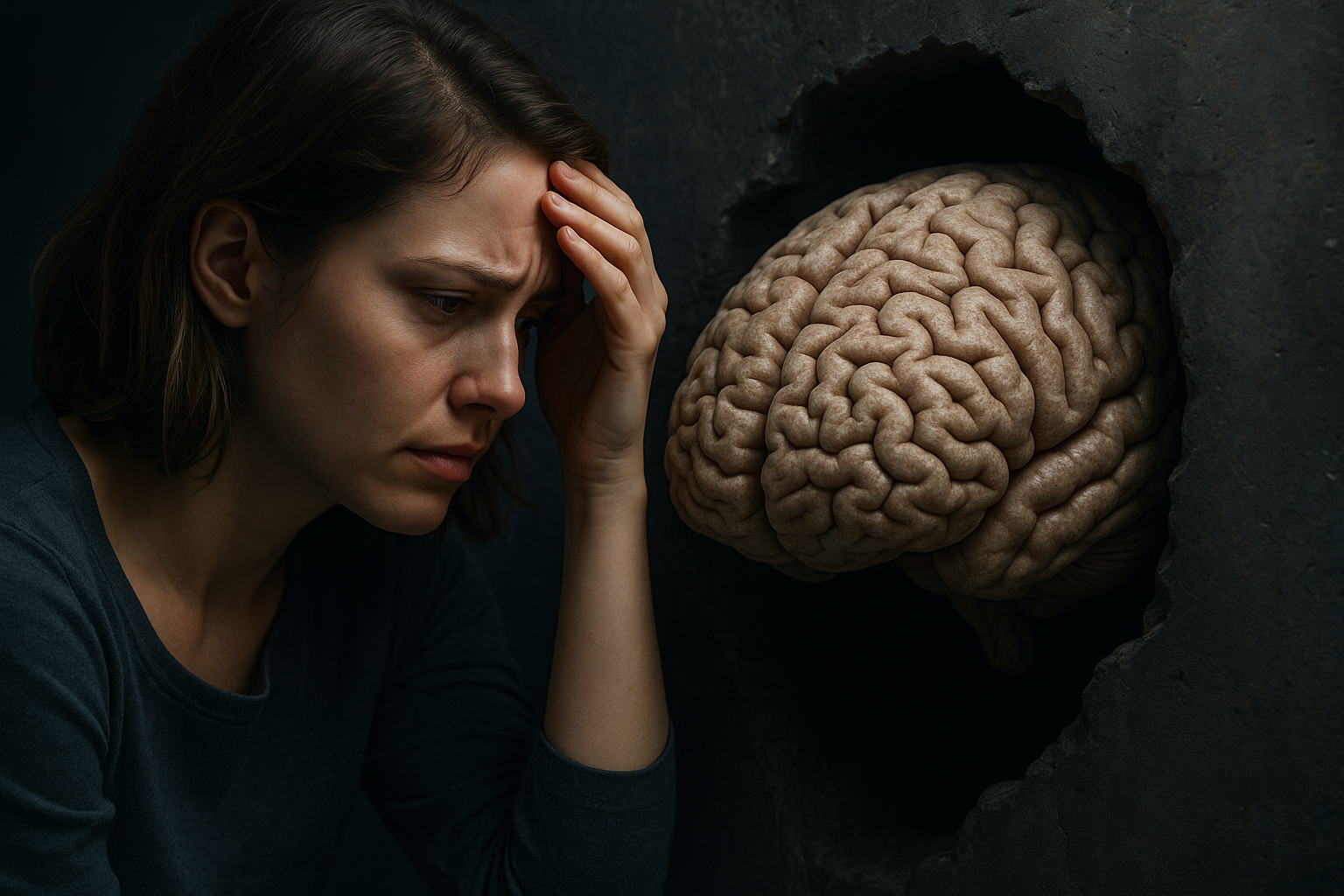Understanding the Hidden Depths of Anxiety
Anxiety, often misunderstood, is more than just a feeling of worry or fear. It's a complex condition with a multitude of factors contributing to its causes, symptoms, and treatment. Its impact on individuals and society is significant and far-reaching. Understanding anxiety in its entirety, including its historical context, current prevalence, and future trends, provides a broader perspective on this pervasive mental health issue.

An Historical Overview
Anxiety, as a concept, has deep roots in human history and culture. Ancient philosophers such as Hippocrates and Plato described symptoms similar to modern-day anxiety, attributing them to imbalances in bodily humors or the soul. In the Middle Ages, religious figures linked anxiety to spiritual trials or demonic possession. The 19th-century saw the advent of neurologists and psychologists, who began to categorize anxiety as a mental health disorder.
However, it wasn’t until the mid-20th century that anxiety disorders received formal recognition in the Diagnostic and Statistical Manual of Mental Disorders (DSM). Since then, mental health professionals have continued to refine the criteria and classifications for various anxiety disorders, striving to improve diagnosis and treatment.
The Many Faces of Anxiety
Anxiety is a broad term that encompasses several specific conditions, each with its unique symptoms and triggers. These include generalized anxiety disorder (GAD), panic disorder, social anxiety disorder, and various phobia-related disorders. Each disorder is more than just a feeling of unease. They are characterized by intense, excessive, and persistent worry and fear about everyday situations, often interfering with daily activities.
For example, people with GAD display excessive anxiety or worry for months and face several anxiety-related symptoms. Panic disorder involves recurrent, unexpected panic attacks. Social anxiety disorder, on the other hand, is a chronic mental health condition in which social interactions cause irrational anxiety, fear, self-consciousness, and embarrassment.
The Prevalence of Anxiety Today
Anxiety disorders are the most common mental illnesses in the United States, affecting 40 million adults, or 18.1% of the population, every year. Despite being highly treatable, only 36.9% of those suffering receive treatment. The reasons for this treatment gap are multifaceted, including stigma, lack of access to care, and misdiagnosis.
Globally, the World Health Organization reports that anxiety disorders are the most common mental disorders worldwide with specific phobia, major depressive disorder and social phobia being the most common anxiety disorders.
The Impact of Anxiety
Anxiety disorders can severely impact an individual’s quality of life. They can affect physical health, leading to symptoms such as headaches, stomach issues, and even heart disease. They can also affect mental health, leading to other conditions like depression and substance abuse.
On a societal level, anxiety disorders contribute to significant economic costs. These include direct medical costs for treatment and indirect costs, such as lost productivity and absenteeism. Moreover, the emotional toll on families and communities cannot be overstated.
Navigating the Future
Despite the challenges, there are reasons to be hopeful. There’s growing recognition of the importance of mental health, and anxiety disorders are increasingly viewed as legitimate, treatable conditions. This shift in perception is crucial for encouraging people to seek help and support.
Advancements in technology, specifically teletherapy and digital mental health tools, have also made treatment more accessible. As we continue to navigate the complexities of anxiety, it’s essential to remember that understanding and empathy are powerful tools in combating stigma and encouraging treatment.
Conclusion
Anxiety is a complex, multifaceted issue with a deep historical context and significant impact on individuals and society. By widening our understanding of its many facets, we can better address the needs of those suffering from anxiety disorders and work towards a future where mental health is prioritized and stigma is diminished.




